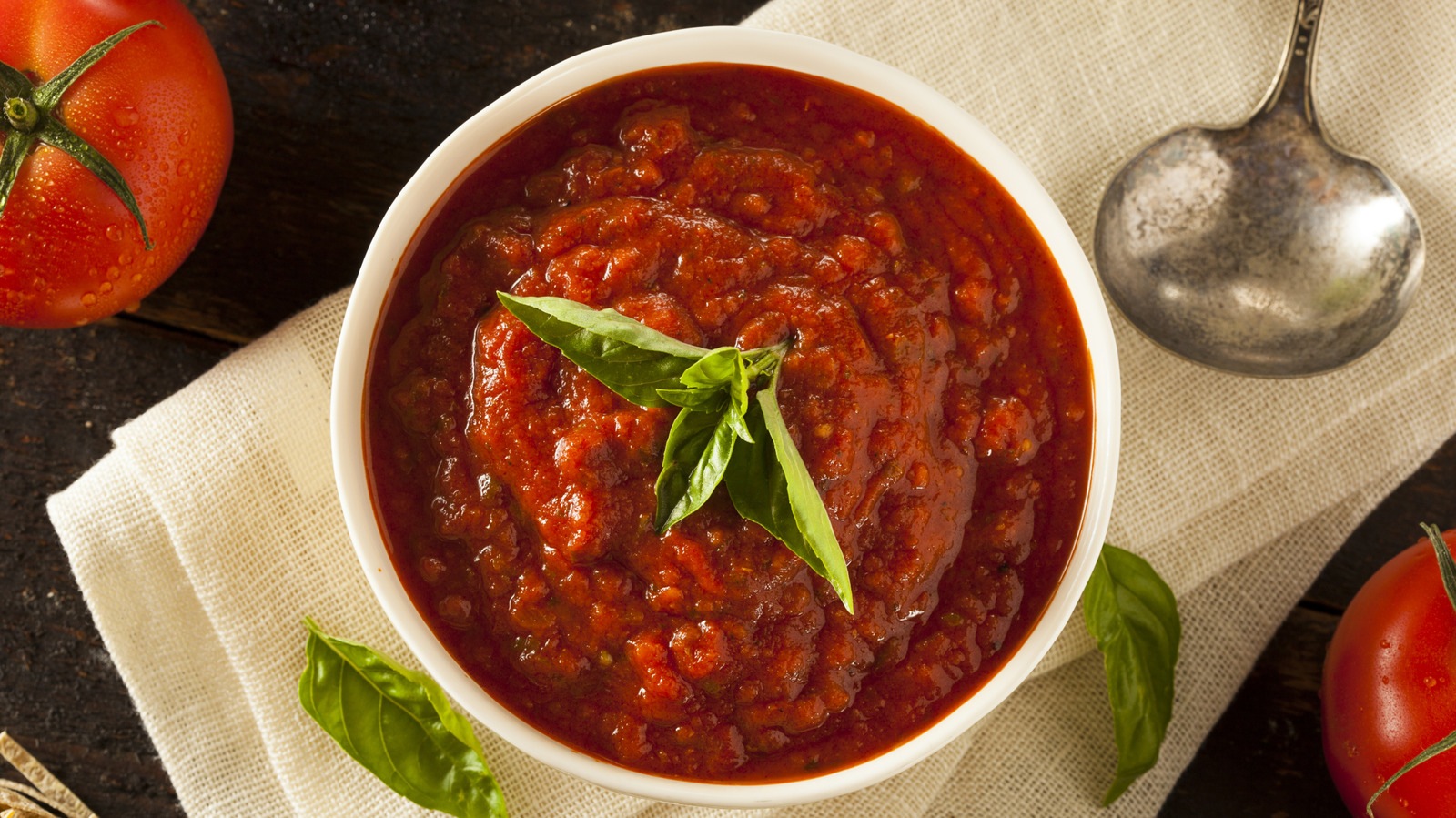
"Jarred marinara is certainly convenient, and some are better than others, but nothing beats the fresh flavors of a homemade marinara sauce. High-quality ingredients are essential for the best-tasting sauce, but one of the biggest mistakes you might be making with marinara is overcooking it. We asked Angelo Caruso, chef and owner of Angelo's Ristorante in Stoneham, Massachusetts, for tips on making the best marinara at home."
"Marinara should taste light and tomato-forward, and Caruso recommends that you "use high-quality plum tomatoes and avoid over-seasoning," so the tomato flavor shines. Roma tomatoes and San Marzano tomatoes are often used for tomato-based pasta sauces, but because San Marzano tomatoes have lower acidity and fewer seeds, they make the best sauce. Fresh basil is another essential component of a marinara sauce. "Add fresh basil at the end rather than during cooking to keep its aroma bright," Caruso explained."
Marinara is a quick, fresh-tasting sauce traditionally made from plum tomatoes, garlic, olive oil, and basil. Overcooking marinara diminishes bright tomato flavor, makes the sauce heavier and paste-like, can introduce slight bitterness, and dulls the color to a brick or rust hue. Marinara requires only about 30 minutes of simmering until slightly thickened. Sauces that include meat, bones, or sausages require hours of slow simmering to release flavor, fat, and gelatin. Use high-quality plum or San Marzano tomatoes, avoid over-seasoning, and add fresh basil at the end to preserve its aroma.
Read at Tasting Table
Unable to calculate read time
Collection
[
|
...
]